Anyone can appreciate a painting for its aesthetic appeal, but understanding the meaning behind a work of art usually means knowing more about the time in history it came from. To help get you started, EBTH has compiled a brief guide to the major art movements of the 20th century, including some of the century’s most famous artists and well-known works of modern art.
While 19th century art brought movements such as Impressionism and the advent of photography, the 20th century was a time of extreme change – for artists and for the world. From enduring World War I to the Great Depression and World War II, the upheaval of the times changed the way people perceived the world, altering belief systems and creating a new wave of artistic exploration.
This movement has its roots in the late part of the 19th century, but it carried into early 20th century art. Often credited as the precursor to Modernism, Post-Impressionism extended the limitations of Impressionism by going beyond a limited view of an artist’s take on the world and becoming a window into the artist’s inner workings. Post-Impressionist artwork connects with viewers based on emotion and memory, and the artists imbued their work with symbolism and personal meaning. Major artists in this movement include:
● Vincent van Gogh
● Paul Cezanne
● Paul Gauguin
● Georges Seurat
Many experts consider this the first 20th century modern art movement. Although it was inspired by its Impressionistic predecessors, Fauvism manipulated and applied color as its main method of expression. Artists used it to establish structure and express mood while offering simplified forms in highly individualized expression. Vibrant colors and heightened emotional impact characterize many of the works belonging to this movement in modern art, made famous by artists such as:
● Henri Matisse
● Georges Rouault
● Albert Marquet
● Émilie Charmy
Cubism rejected the traditional concept that art should copy nature, doing away with traditional methods of foreshortening and perspective carried over from Renaissance artists. Instead, Cubists wanted to emphasize the two-dimensionality of their canvases by creating reduced, fractured, and geometric forms, often with multiple vantage points. Cubism might be one of the most well-known movements in modern art, encompassing work by artists such as:
● Pablo Picasso
● Georges Braque
● Juan Gris
● Fernand Léger
● Sonia Delaunay
Modern art wouldn’t be the same without the iconic works of Surrealist artists. Surrealism originated as a literary movement rooted in automatic writing or automatism, which sought to access the unpredictable imagination of the subconscious. Eventually aligning with visual art, Surrealism embraces the unpredictable nature of spontaneous expression, yielding abstracted and often dream-like images through a variety of mediums ranging from paintings and sculpture to literature and film. Famous artists include:
● Salvador Dalí
● André Breton
● Max Ernst
● Hans Arp, better known as Jean Arp
● Man Ray
● Joan Miró
Futurism is one of the lesser-known art movements of the 20th century. This movement was based on a disdain for cultural and political traditions of the past and instead emphasized admiration for rapidly growing industrialism, youth, and technology. To express this, Futurist artists attempted to create scenes that depicted the passage of time and movement in their work, resulting in a variety of images that are characterized for their violence, rapid motion, and high energy. Artists in this movement worked to bring the sensations of modern experience and progress to the forefront. Major Futurist artists include:
● Giacomo Balla
● Umberto Boccioni
● Natalia Goncharova
● Gino Severini
Many scholars argue that the Futurism movement fueled the Dadaist movement. This modern art movement began in Zurich, Switzerland, in response to World War I and nationalist attitudes of the day. Defined by anti-war attitudes, Dadaists rejected the logic and reasoning of the bourgeoisie that led to nations into war and highlighted their values in chaos and irrationality through their art. Dada artists commonly used everyday objects, known as “readymades,” arguing that anything could qualify as art if it was believed to be art and experienced as such. Popular Dadaists include:
● Sophie Taeuber-Arp
● Marcel Duchamp
● Francis Picabia
● Hans Bellmer
● Hugo Ball
● Tristan Tzara
Pop art represents a major shift in the direction of modern art with a return to identifiable images and the celebration of everyday objects and people. Artists in this movement were focused on the rampant consumerism and culture around commodities, often depicting consumer goods and figures prominent in mass media through commercial means like silkscreen printing. Much of the artwork is emotionally removed and deeply ironic. Popular pop artists include:
● Andy Warhol
● Claes Oldenburg
● David Hockney
● Richard Hamilton
● James Rosenquist
● Roy Lichtenstein
● Corita Kent
Artists explored various themes and mediums throughout this century. While many of the movements marked stark contrast to their precursors or the movements that came after, many of the most popular artists from the 1900s shared this: groundbreaking achievements within their movement. Although this isn’t an exhaustive list, some of the most influential artists of the 20th Century include:
● Paul Cezanne: Cezanne is a Post-Impressionist artist considered “The Father of Cubism” for his innovative style that utilized short, abrupt brush strokes and simplified forms that leaned away from naturalism with a more geometric influence. Some of his most famous works include The Basket of Apples, The Bathers, and The Card Players series.
● Pablo Picasso: Famous for his forays into and mastery of a variety of styles, including Cubism, Surrealism, and Symbolism, Picasso’s body of work spans seven decades. His consistent innovation in different movements provided commentary on historical events — as seen in the famous Guernica — throughout much of the 20th century.
● Marcel Duchamp: With his 1917 piece, Fountain, Duchamp changed the face of modern art. Duchamp presented a readymade urinal, which he signed “R. Mutt,” that debuted at an exhibit in New York and became an enduring symbol of modern art.
● Jackson Pollock: This American abstract artist used an innovative (and now iconic) technique of dripping paint across his canvases. Some of his best-known works include Autumn Rhythm, Convergence, and Shimmering Substance.
The key to buying art online is to know what you like, buy what you love, and work with a reputable seller. EBTH offers an innovative and exciting platform that brings the thrill of finding one-of-a-kind artwork at an estate sale to online shopping while ensuring the works you choose are verified, authentic pieces of the past.
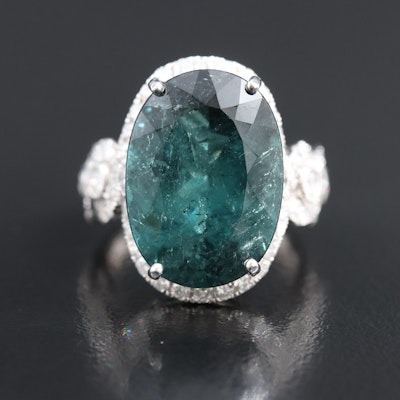
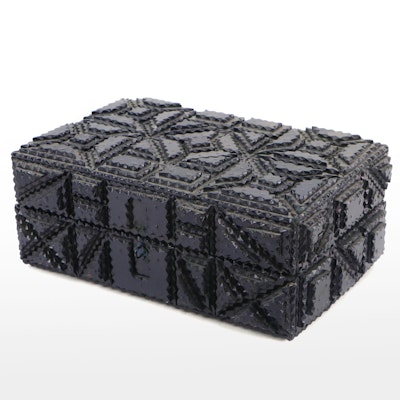





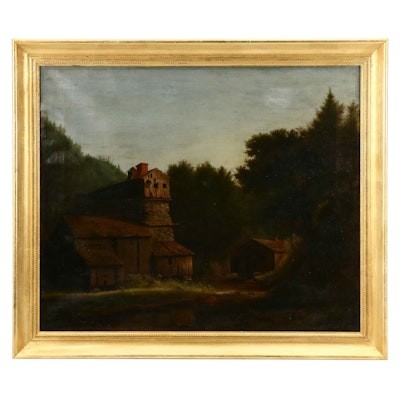

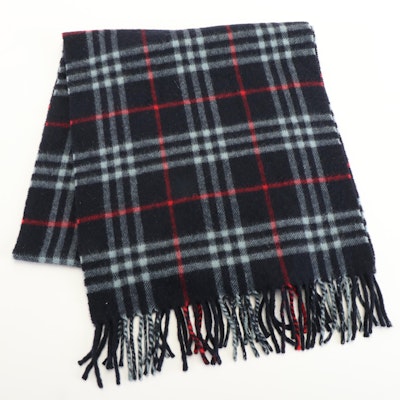





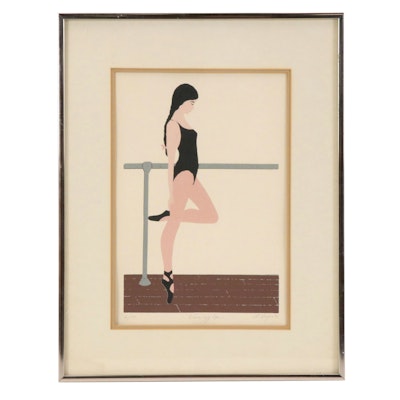
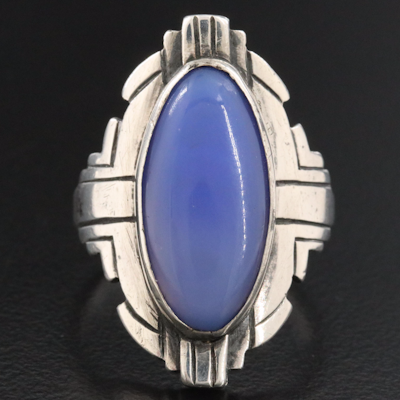
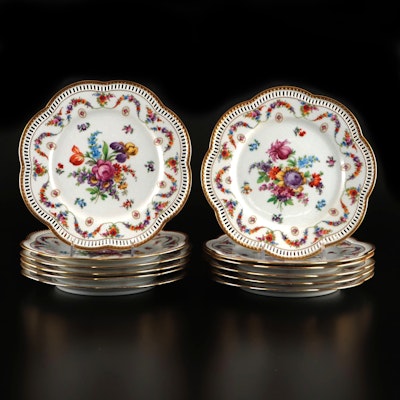

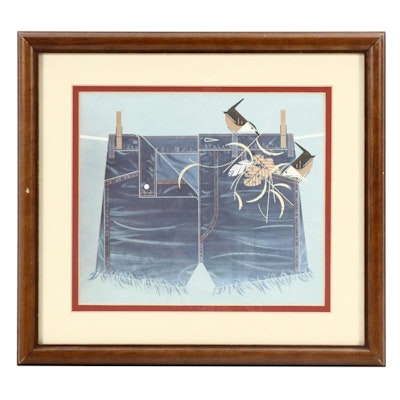
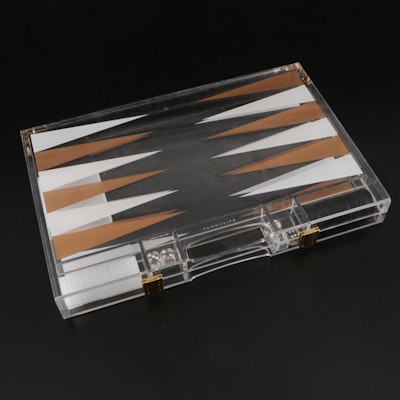
There are some amazing, one-of-a-kind items waiting to be discovered. Sign in to start bidding!
Not a member? Sign up.